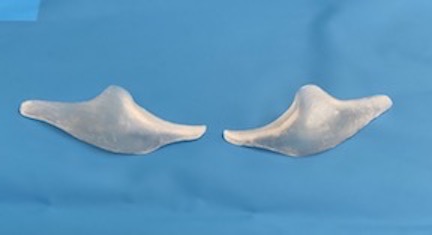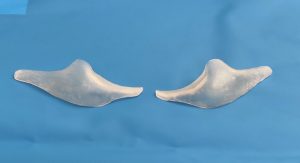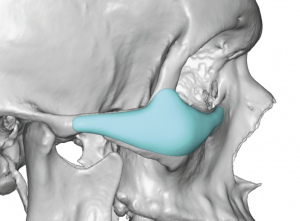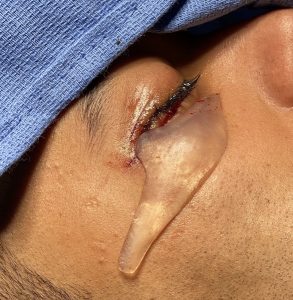The most successful method for cheek augmentation in most males is augmentation along the infraorbital-zygomatic arch line using an infraorbital-malar (IOM) implant. Since this creates a line of horizontal bone enhancement across the cheek area, it successfully creates the often sought after high cheekbone look. This is in contrast to what a standard oval cheek implant achieves when placed over the zygomatic major bone often in an oblique orientation.
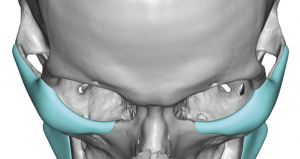
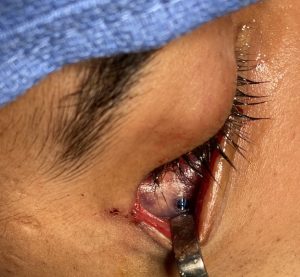
Positioning and screw fixation of the main body of the implant is done under direct vision. While this does not make implant malposition impossible it dramatically lowers that risk along with that of lowering the infection risk as well.
Dr. Barry Eppley
Indianapolis, Indiana

